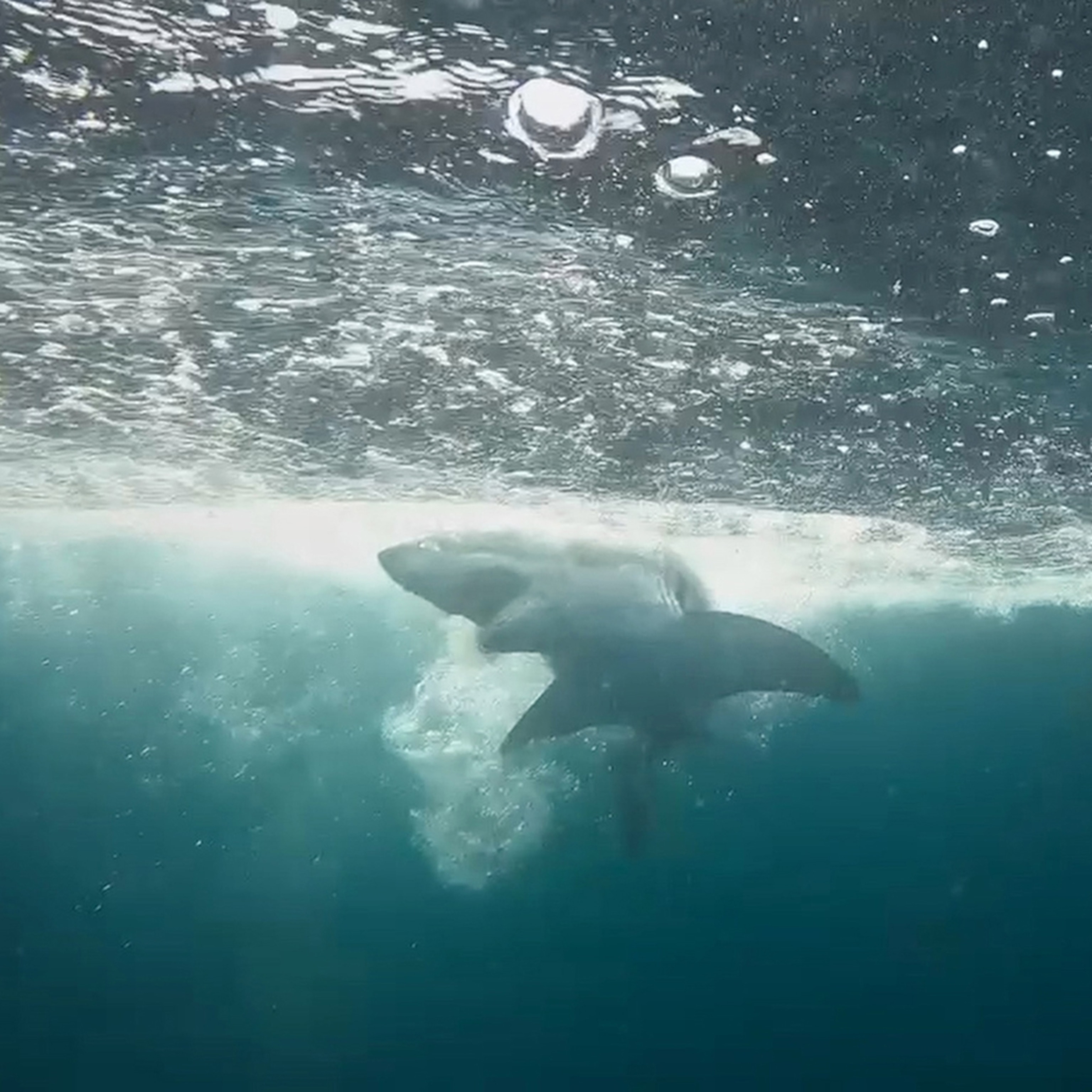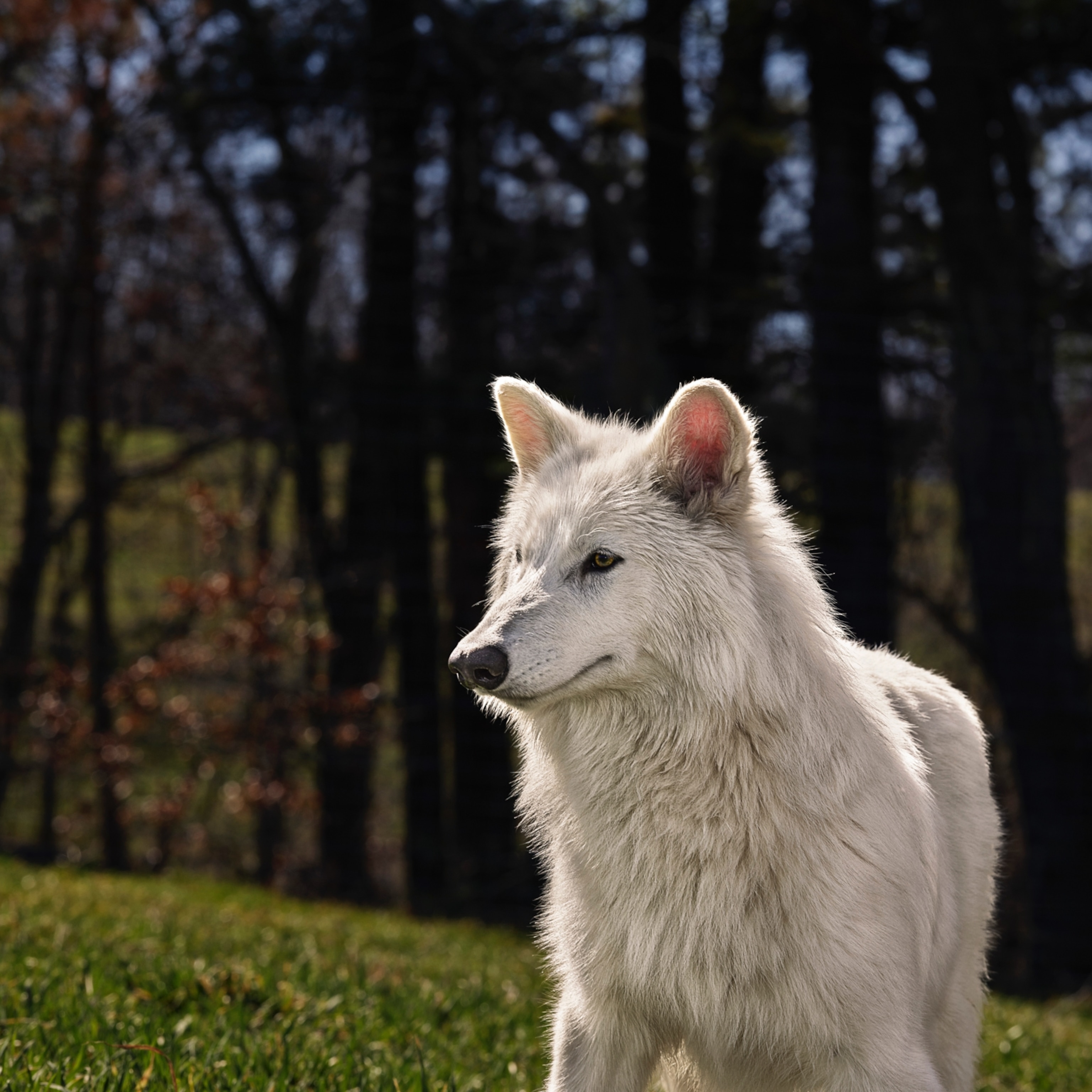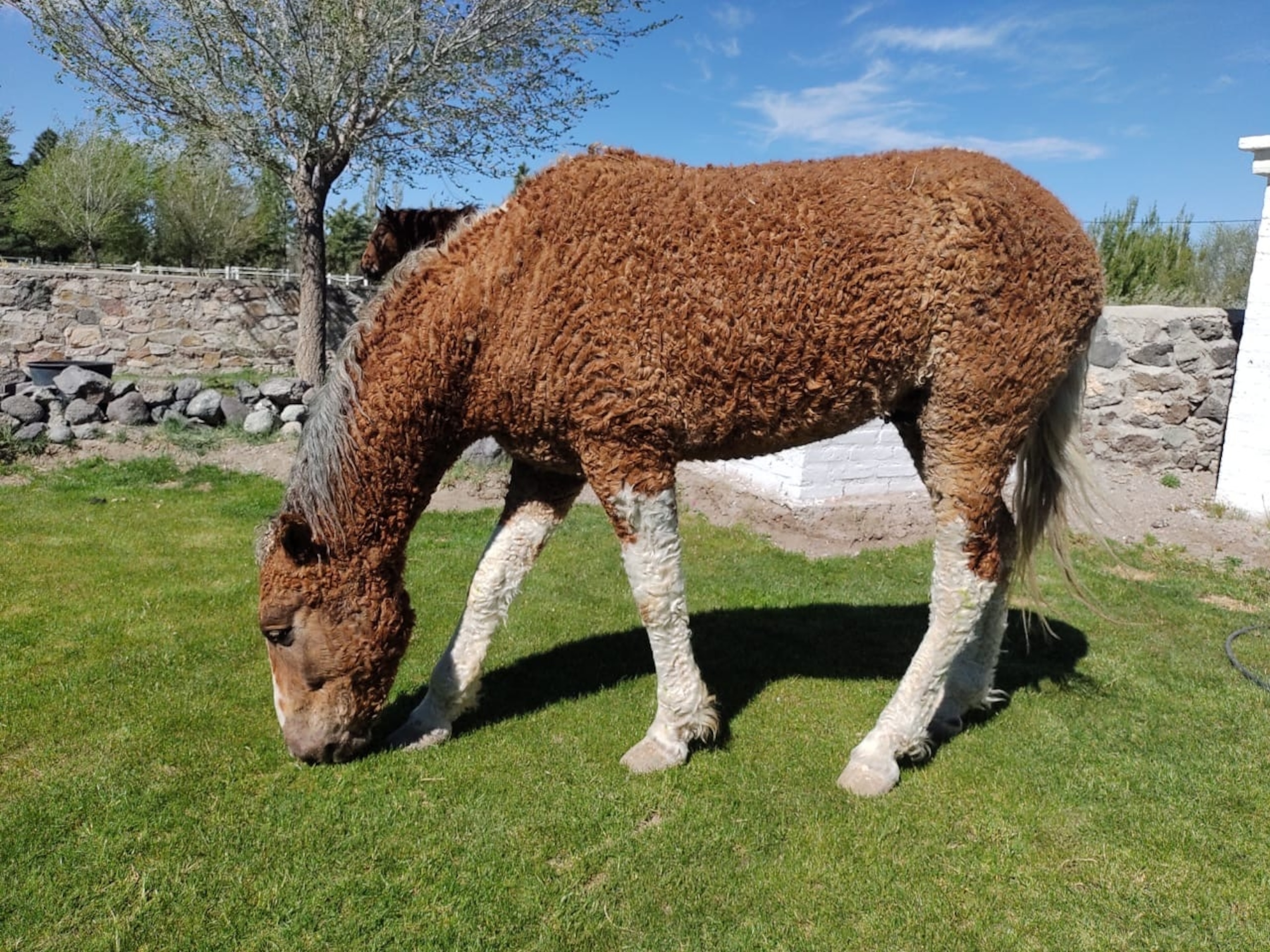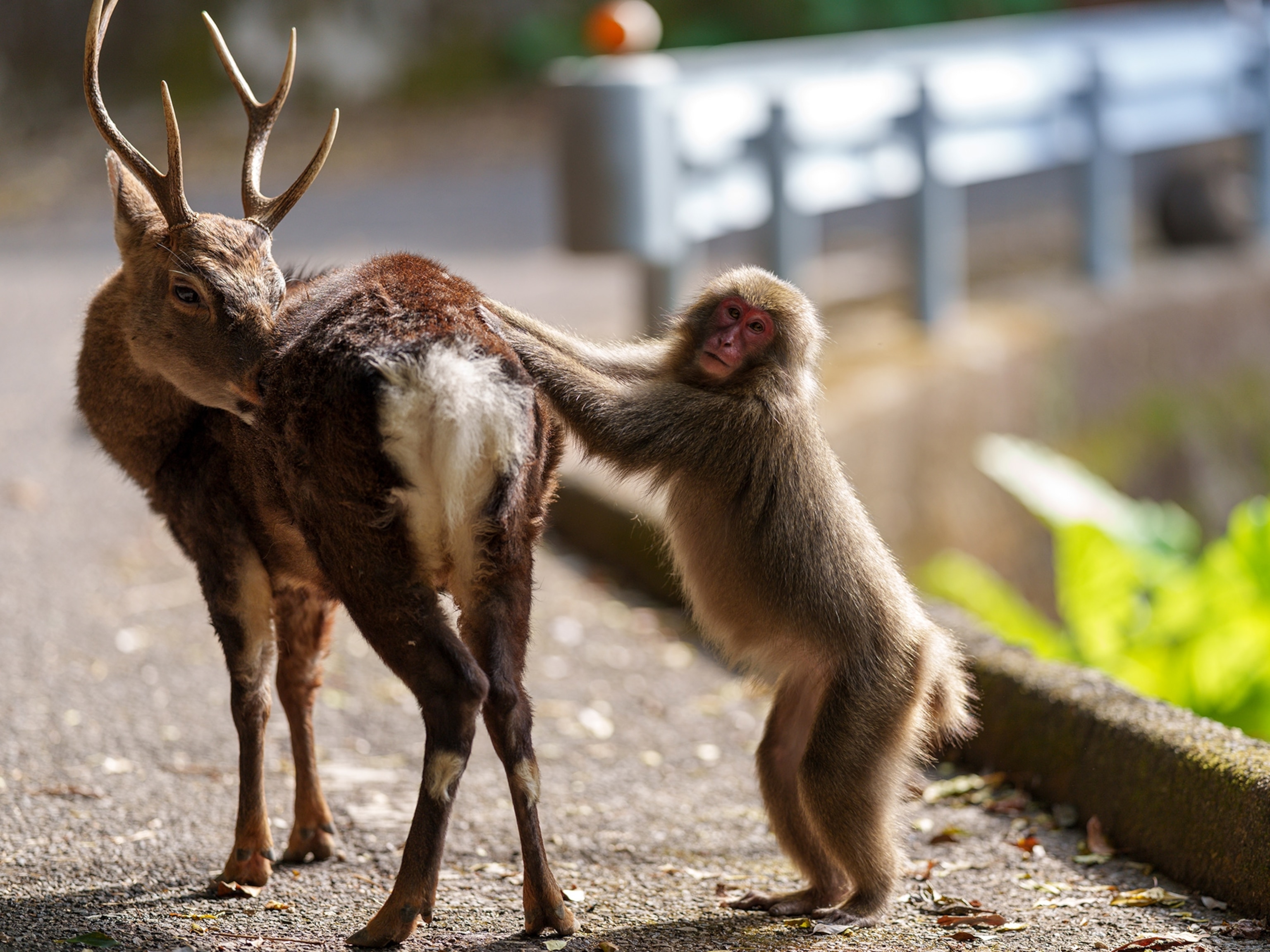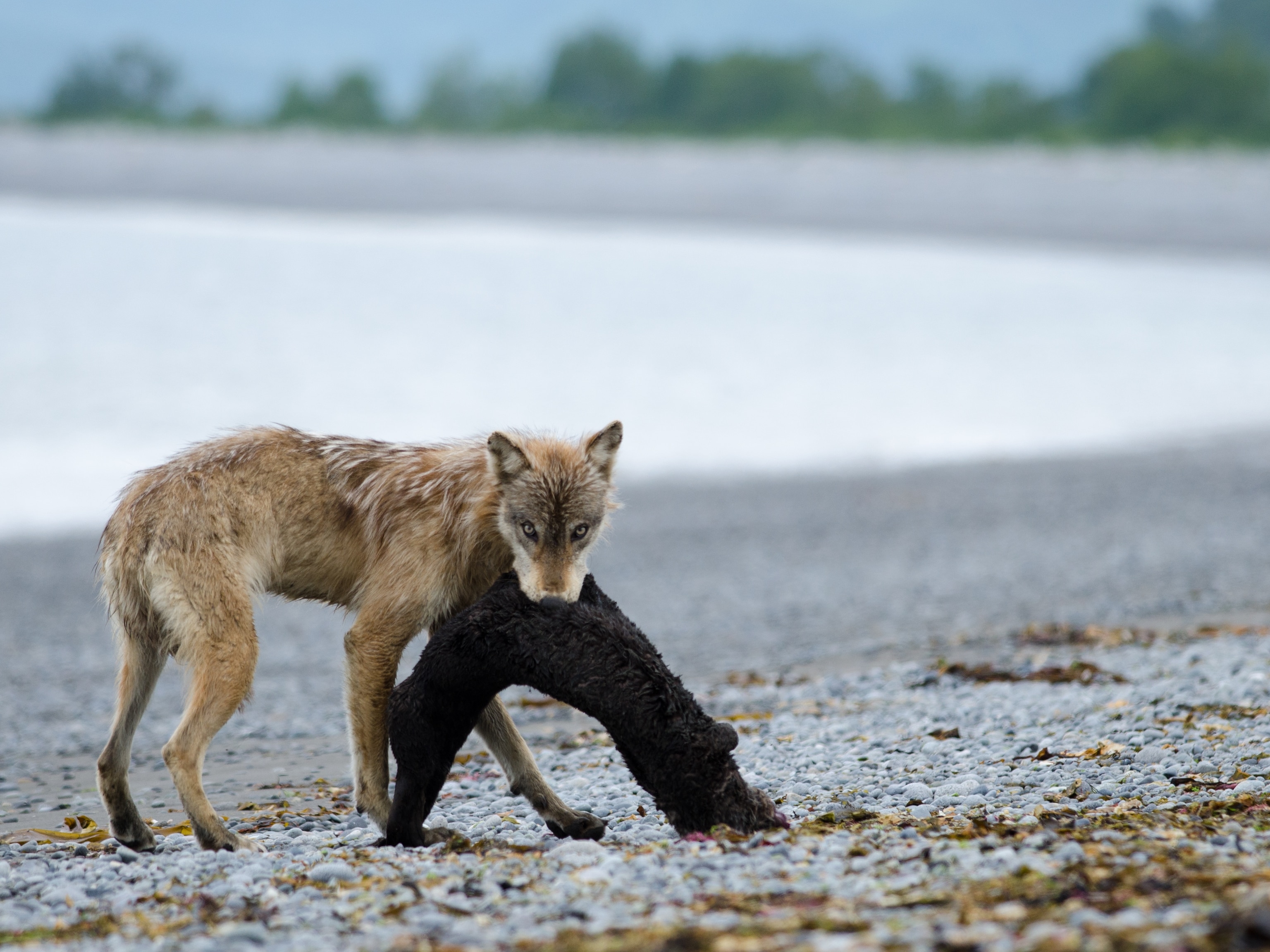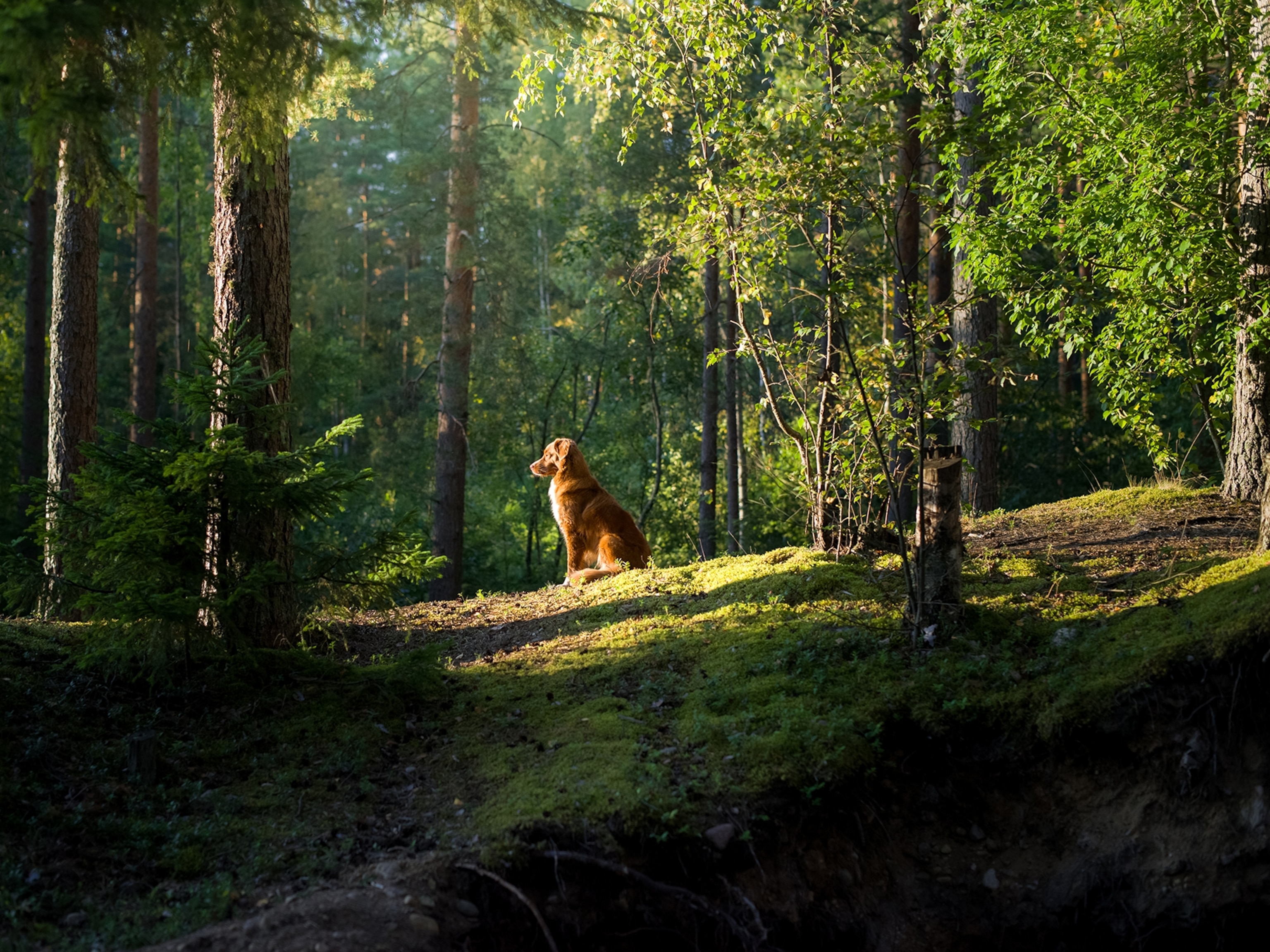How do seals know how long to hold their breath?
The sea mammals may actually be able to sense the amount of oxygen in their blood—something we humans can't do.
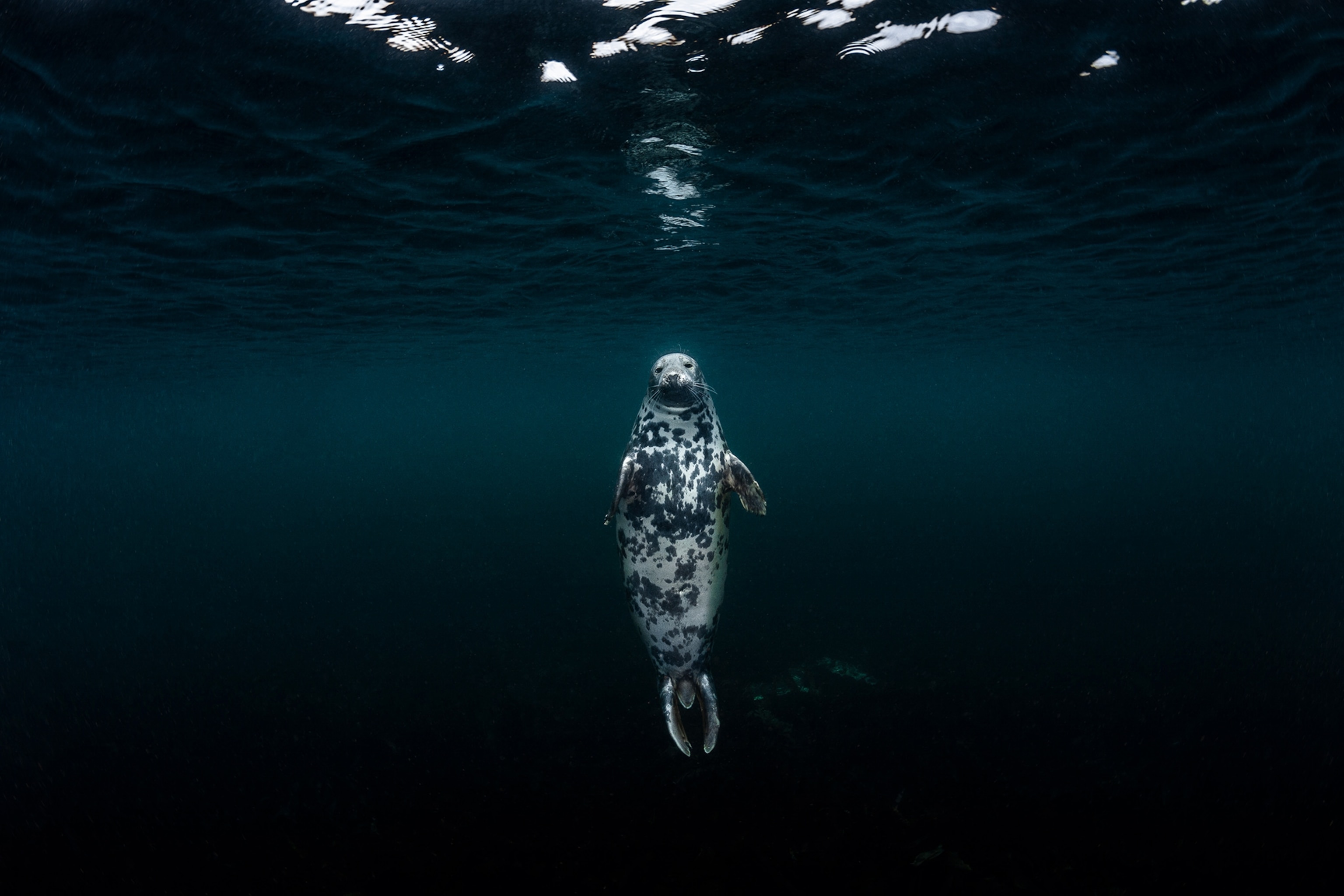
Seals can do many things humans can’t, of course, but a clever experiment in Scotland has just uncovered a new ability. A study published in Science this week suggests that the marine mammals can sense the amount of oxygen in their blood, and change their diving behavior in response.
All animals extract oxygen from the air they breathe in, and release carbon dioxide (CO2) from their blood in the air they exhale. Most mammals can’t directly detect oxygen levels in the blood supplying their tissues. Instead, they rely on the rising level of CO2 in their blood to signal that they might need to take a breath. Most researchers might have assumed that even excellent divers like seals relied on those signals.
But the new experiments in gray seals show that the animals “flexibly respond to changing oxygen levels, which may be what keeps them from drowning,” says lead author Chris McKnight, a physiologist at the University of St. Andrews in Scotland. If McKnight and his colleagues are correct, this could help explain why human free divers so often black out before they make it to the surface—and it opens the possibility that other diving animals could sense their blood oxygen levels too.

All-you-can-eat seafood
To find out if oxygen levels affected seal behavior, McKnight and his colleagues created a special section in a pool where young gray seals were temporarily held before being returned to the wild. In one corner, there was a breathing chamber, where they were sheltered from the rain and the wind.
“Very quickly, they shifted from surfacing in the swimming pool to choosing to breathe inside the chamber,” he recalls. The breathing chamber was surrounded by panels that prevented surface swimming, yet swimming below the surface for about 200 feet would give the seal access to a feeder where it could eat as much fish as it liked, McKnight explains. “Usually a lot of it.”
Once the seals were familiar with the setup, the researchers started to very gradually change the composition of the air in the breathing chamber, increasing or reducing the levels of oxygen and CO2. “We did this very carefully, and just enough to see an effect on their behavior,” McKnight adds. And sure enough: the higher the level of oxygen, the longer the seals stayed at the feeder.
“This suggests to us that seals don’t just physically respond to oxygen levels by changing their heart rate or respiration, but that they are sufficiently aware of them to change their behavior,” says McKnight. Other, older experiments have sometimes shown that animals try to get away from very low oxygen environments or show signs of stress. “The seals don’t do that,” says McKnight, yet since it affects the length of their dives, they do seem somehow aware of their blood oxygen levels.
Free-diving
This ability would put seals in a class beyond any land mammals that have been tested. Since oxygen levels on land are pretty constant, humans and other terrestrial animals don’t seem to have evolved to notice low oxygen levels in their blood, sometimes not even when they’re about to pass out.
In humans free-diving without oxygen tanks, accidents are quite common. Our reliance on sensing CO2 levels in our blood instead of oxygen may be to blame, says McKnight. “This is a perfectly sensible strategy on land, where accumulating CO2 tends to signal breathing issues,” he explains.
But when holding our breath during diving, relying on CO2 levels is risky, especially on repeated dives.
“Every time we surface and inhale, we reset our CO2 sensitivity, even if levels are already high,” says McKnight. This increases the chance that a person will unwittingly pass out before they get to the surface—even in expert free divers, who train to ignore high CO2 levels during long dives.
Peter Lindholm, a dive physiologist at the University of California, San Diego, wonders what a similar experiment in humans might reveal. “Seeing this study, I think I should redo this with free divers to see if we can find individuals that sense oxygen levels, or are more tolerant to CO2 levels,” he says. “Well, they wouldn’t need to eat the fish, of course, just hold their breath.”
“In humans, breathing the highest level of CO2 used in the study would be extremely uncomfortable,” says animal physiologist Andreas Fahlman of the Oceanogràfic Foundation in Spain. In addition to the surprising sensitivity to oxygen, he says, “it has been proposed that marine mammals have a blunted CO2 response, as if their sensitivity is set to a very different level than ours.”, which may be another reason why seals are more sensitive to oxygen levels than we are.
Enjoyable experiments
To some researchers, the study raises new questions that haven’t quite been answered yet.
“The experimental data support the study’s conclusions, but they are not unequivocal,” says zoologist William Milsom of the University of British Columbia, who studies how animals living in extreme environments control breathing and blood flow. “There is no doubt these seals changed their diving behavior in response to changes in inhaled oxygen. But without more detailed physiological data, it is difficult to definitively say why the low-oxygen dives were shorter.”
Physiologist Matthew Pamenter of the University of Ottawa, who has studied the response of subterranean mole rats to low oxygen and high CO2 levels, believes more experiments might reveal oxygen and CO2 both affect dive duration. He is also not entirely convinced the seals’ response to low oxygen is different from that seen in some other mammals. “The ability proposed in this study seems like an amplified version of the same sensitivity,” he says.
McKnight doesn’t think the seals are merely responding to very low oxygen levels, as opposed to taking into account a wider range of levels. “One of the seals we’ve tracked in the wild a couple of years ago went down to almost 2,000 feet,” he says. “Seals ascend at about four feet per second, so if they’d only respond at very low oxygen levels, they’d never make it back in time.”
That being said, he does believe that a similar sense likely exists in other diving animals. “There are older experiments in ducks, turtles and crocodiles that closely mirror the seals’ behavior,” says McKnight, but they weren’t set up in a way that would allow the conclusions made in this study. They could now be repeated following a similar animal-friendly approach. The seals were eager to participate, he says, even though they are well-fed. “If they wouldn’t want to do it, we couldn’t make them. But as soon as we open the gate to this section of the pool, they pop right in.”

